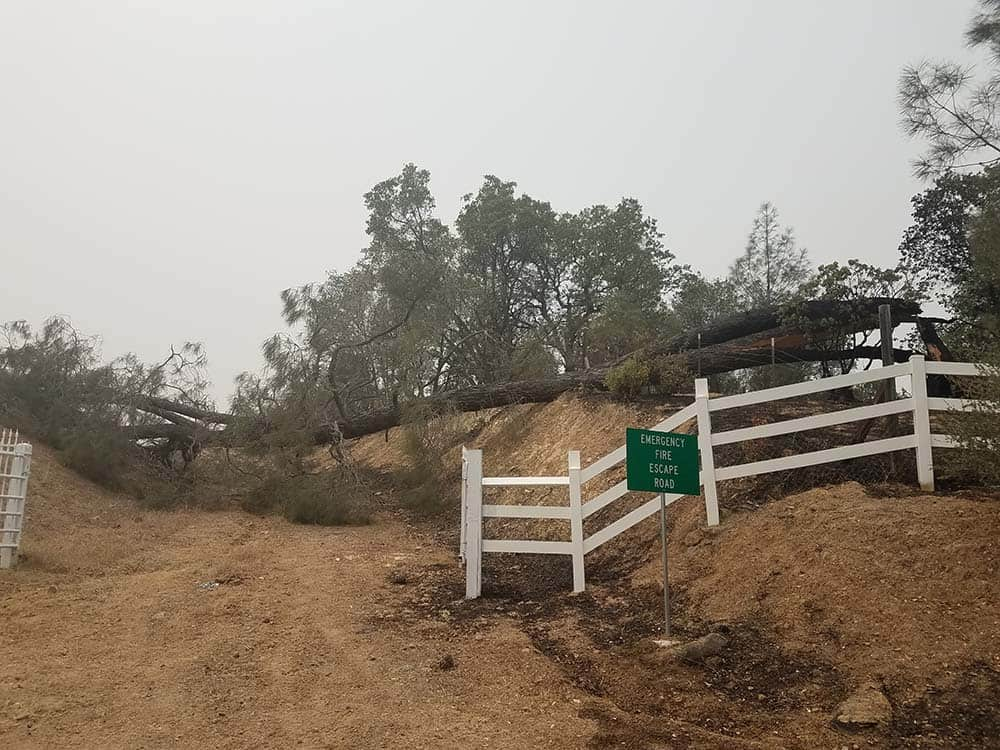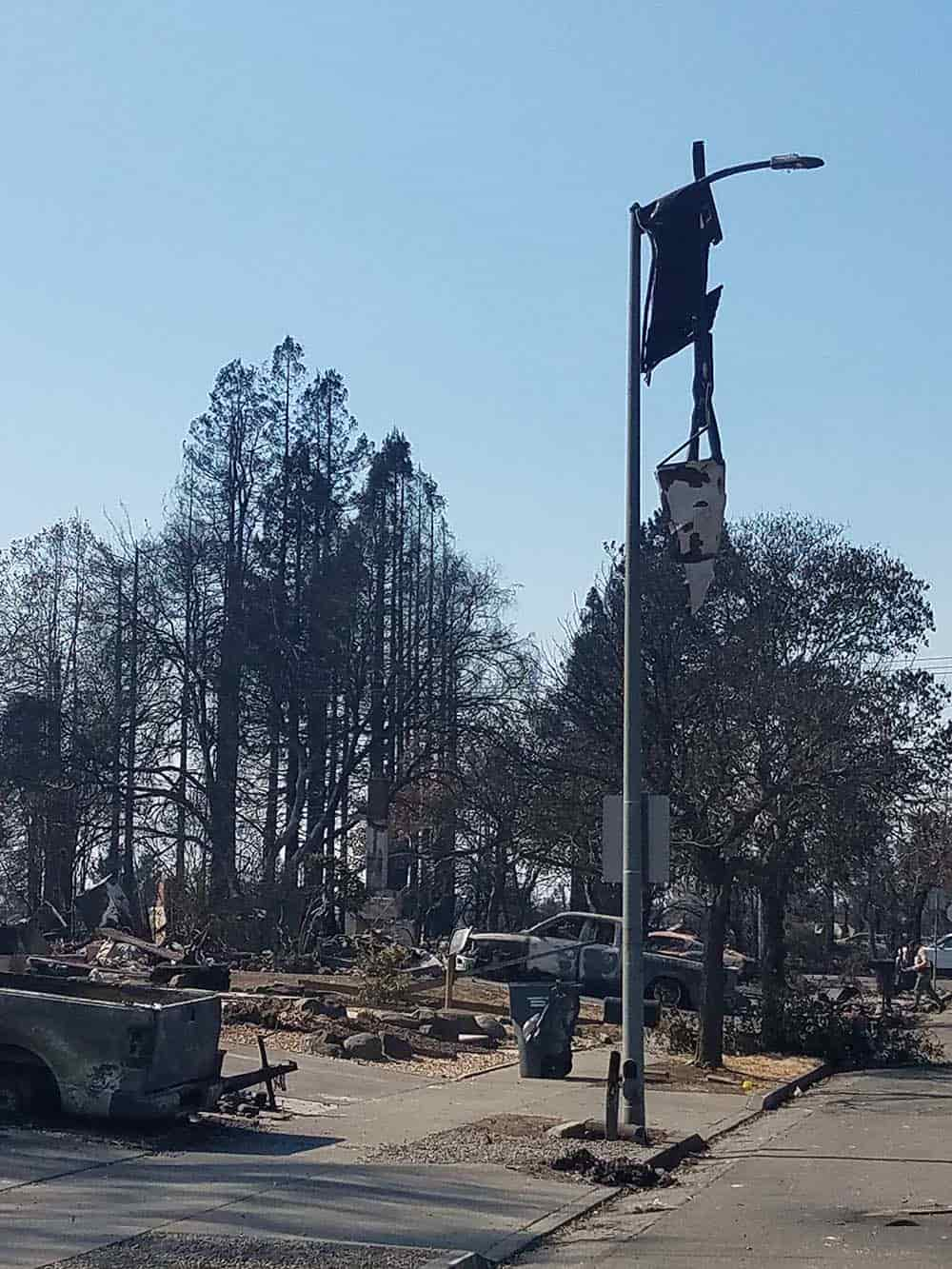Engaging residents living in the wildland-urban interface (WUI) is a critical component of wildfire risk reduction and preparedness, and Community Wildfire Protection Plans (CWPPs) are intended to drive that engagement. In this article, we explore CWPPs, discuss their limitations, and offer insights into how communities can expand wildfire preparedness efforts so that fire-prone areas may continue to be viable places to live and work.
Community Wildfire Protection Plans: Background & Common Limitations
CWPPs arrived in 2003 with the passage of the Healthy Forest Restoration Act (HFRA), which, in part, was designed to reduce wildfire risk to communities. The HFRA left the requirements related to CWPPs somewhat open-ended, but did specify that CWPPs should be developed collaboratively between local governments, fire departments, state forest management agencies, and federal land management agencies, and should focus on hazardous fuel reduction treatments and reducing structure ignitability.
Considered living documents, CWPPs are intended to be revised routinely to reflect real-life conditions. While CWPPs serve a mission-critical role in helping communities with wildfire preparedness, they are generally limited by design. Many initial CWPPs were designed as outlines and lack the level of detail needed to inform a comprehensive community wildfire preparedness strategy. This limitation combined with only some members of the community adopting the prescribed wildfire risk mitigation practices led to a patchwork of fire-hardened areas, where one parcel may be fire-hardened but surrounding parcels remain vulnerable. The fragmented approach "goes up in smoke" when faced with the realities of wildfire behavior. To have a chance at building community-wide wildfire resilience, a science-based approach to CWPP development is key.
Strengthening Community Wildfire Protection Plans
After 911 started dispatching emergency responders in the late 1960s, communities grew steadily accustomed to relying on fire services to respond to fire crises. Today, the community mindset regarding firefighting is generally one of reaction: a fire ignites, someone spots the fire, a call is made, and a team is dispatched—problem solved. The emergency response process is a modern marvel and has saved countless lives and structures. However, today’s wildfires have grown so immense and severe that there is no realistic amount of equipment and personnel for communities to continue relying on suppression alone.
Faced with this reality, communities are shifting from relying on reactive approaches like suppression to emphasizing proactive measures. Fire is likely to move through a fire-prone community at some point, and communities need to adapt to limit the impacts of the fire when it arrives. The number of wildfire preparedness considerations available for a community to evaluate is extensive. To make the process of strengthening the utility of CWPPs more approachable, communities may consider focusing on three key areas:
- Manage vegetation through targeted fuel treatments
- Create ignition-resistant structures through home hardening
- Modernize evacuation plans through technology and collaboration
We explore each of these key CWPP components in detail below:
CWPP Focus Area 1: Targeted Fuel Treatments
By managing the fuels, communities can begin to create conditions that make fighting the fire faster and more efficient. Recent federal and state government measures have emphasized fuel treatments as a wildfire risk management tactic and have provided grant funding opportunities to encourage communities to adopt fuel management practices. Every CWPP should include a plan for implementing targeted fuel treatments, and should consider the following factors:
Long-term maintenance: On their own, fuel treatments only temporarily reduce fire risk. To keep pace with vegetation regrowth, fuel treatments must be incorporated into long-term plans maintained on a continuous rotation to match vegetation growth cycles.
Targeting: Wildfire behavior is dictated by weather, topography, and fuels. While weather is outside of a community’s control, CWPPs can target fuel treatment areas based on topography and fuel loading. Property owners unwilling to allow fuel treatment on their property or other jurisdictional restrictions make implementing fuel treatment projects challenging. When incorporating targeted fuel treatments into CWPPs, communities should also include working toward communication, education, and negotiation as components of the plan.
Funding: Government grant funding plays an important role in initiating fuel treatment programs, and federal and state funding opportunities should not be overlooked. However, local funding frameworks may be the most sustainable option to maintain fuel breaks and reduced fuel loads. One community making progress in local funding streams for fuel treatment is Marin County. In 2020, the community initiated a 10-year parcel tax through the passage of Measure C; the tax levies up to 10 cents per building square foot (or $75 per multifamily unit) through 2030. Measure C generates over $19 million per year for the exclusive purpose of wildfire prevention and preparedness. Another way to offset the long-term costs of an effective fuel treatment program is to identify woody biomass utilization opportunities, which can help generate local funding.
CWPP Focus Area 2: Ignition-Resistant Structures
CWPPs may also devise plans for more ignition-resistant structures, as infrastructure represents another common fuel source. Communities in fire-prone areas can fall into a repetitive loss cycle, where homes and businesses are rebuilt using the same types of designs and materials in place before the fire. To break the repetitive loss cycle, communities can promote and incentivize reconstruction practices that prioritize fire resistance.
Communities will be better prepared to build ignition-resistant structures in the aftermath of a fire if there is a plan in place before the fire arrives. Reviewing building codes and other ordinances can identify opportunities for fire safety improvements, such as requiring more fire-resistant materials in construction.
There are also ways to retrofit existing structures to improve resistance to wildfires. Some retrofits are simple and relatively inexpensive, such as gutter guards and vent screens that limit embers from having an easy path into a structure. A CWPP may explore incorporating defensible space inspectors that help property owners identify ways to harden their structures from wildfire.
CWPP Focus Area 3: Evacuation
Because the most important thing during a wildfire is protecting human life, evacuation plans should be thoroughly established in a CWPP. Communities should approach this aspect with a worst-case-scenario mindset. The plan may include elements such as designated shelter-in-place buildings, options that accommodate vulnerable populations (e.g., elderly and non-mobile individuals), communication methods, and expanded escape routes.
Where road access is limited into and out of a community, fuel reduction and hazard tree removals can be incorporated and prioritized along the major ingress and egress routes. CWPPs can include plans to harden critical access routes so they remain passable in anticipated wildfire conditions.
An important consideration for evacuation planning is that firefighting resources will be coming into the community, while residents will be trying to get out. In some cases, roads may need to be widened or improved for access, and bridges may need to be upgraded.

An evacuation route obstructed by a downed tree during the Carr Fire of 2018.

A neighborhood in Northern California destroyed by the Tubbs Fire of 2017.
Connect With Us
For more information and examples of California communities that are leading the way on CWPPs, contact us.
